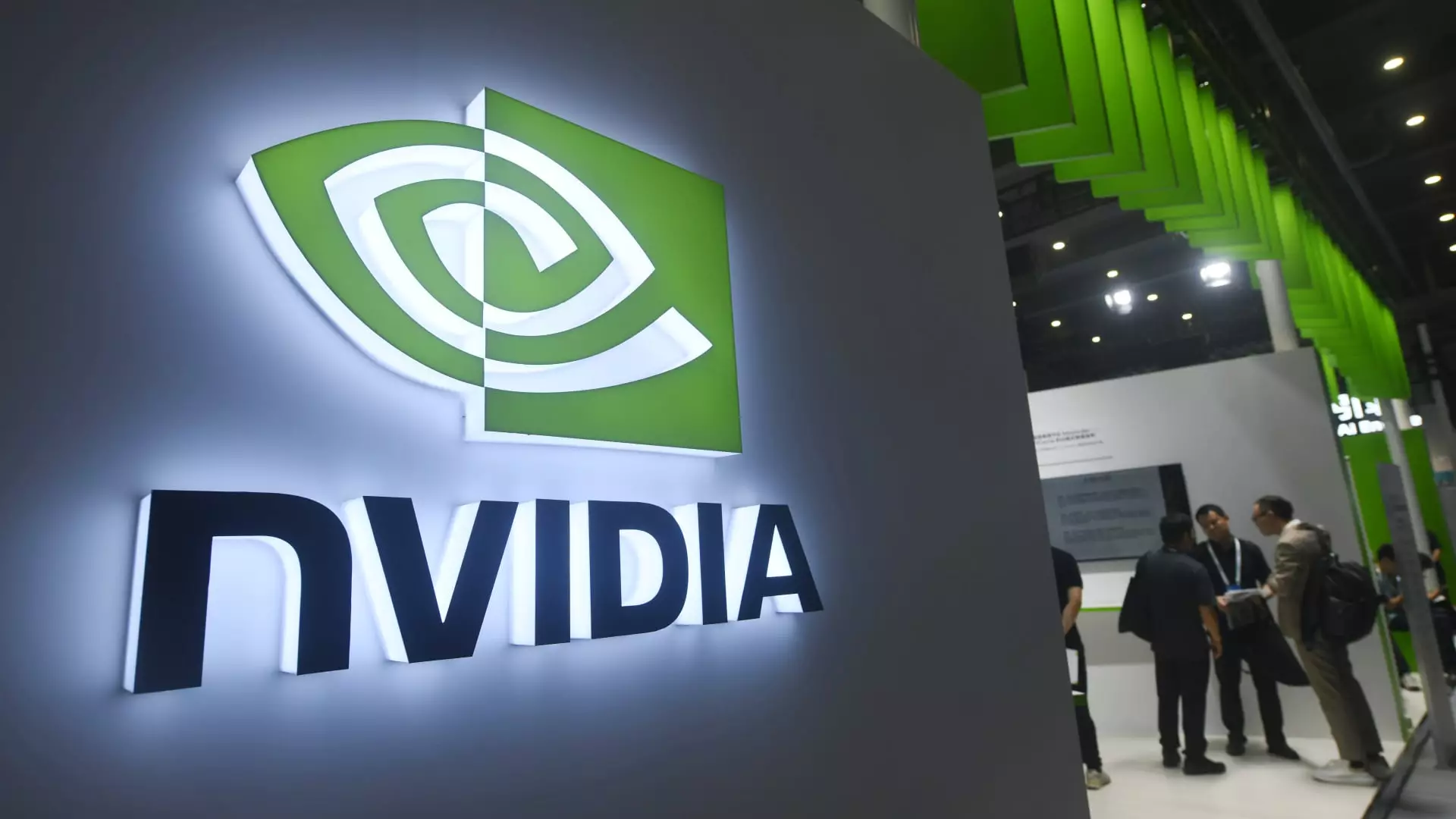As the intersection of technology and healthcare continues to evolve, the upcoming HLTH conference in Las Vegas exemplifies this paradigm shift. Scheduled to commence this Sunday, the conference is expected to attract over 12,000 professionals from the health sector, including representatives from global tech giants like Nvidia, Google, and Microsoft. Aimed at addressing the critical issues of administrative burdens that plague healthcare providers, this year’s focus on artificial intelligence (AI) underscores a profound opportunity to refine care delivery through innovative solutions.
The pressures on doctors and nurses are mounting as they juggle a plethora of tasks, from managing patient records to navigating insurance communications and complying with regulatory standards. Overwhelmed with documentation requirements, many healthcare professionals are finding themselves in a rut, facing persistent burnout that jeopardizes workforce stability. According to a Mercer report, a staggering shortage of 100,000 healthcare workers is predicted by 2028, heavily influenced by these administrative demands.
This dire need for labor is matched by an equally pressing need for technological intervention. With healthcare spending projected to exceed $6.8 trillion by the end of the decade, companies are eager to introduce AI solutions that promise to alleviate administrative burdens and create more time for patient interaction.
Among the frontrunners in the tech surge is Google, which has recently ramped up its healthcare offerings. At the HLTH conference, Google announced the launch of Vertex AI Search for Healthcare, enabling developers to create applications facilitating seamless access to electronic health records. This tool was particularly designed to reduce clinician time spent on administrative tasks, which, according to a recent survey, averages nearly 28 hours per week.
A significant portion of labor is consumed by documentation, with nearly 80% of providers lamenting that this work detracts from direct patient interaction. The optimism surrounding AI’s potential in this regard is palpable; a vast majority—91%—of those surveyed expressed a positive outlook towards AI solutions aimed at tackling these administrative inefficiencies.
Meanwhile, Microsoft is stepping up its efforts with an array of tools specifically designed to ease the strains on clinical staff. Their approaches include the development of medical imaging models and an automated documentation system tailored to nurses. Facilitated through their acquisition of Nuance Communications, Microsoft has already introduced the DAX Copilot tool, which utilizes AI to convert verbal interactions into written clinical notes. This innovation allows healthcare providers to redirect their focus on patient care rather than being burdened with documentation duties.
The surge in popularity of AI scribe tools is noteworthy, with several startups, including Abridge and Suki, showcasing their innovations at the HLTH conference. These companies have raised significant capital and are set to revolutionize clinical documentation. Dr. Shiv Rao, CEO of Abridge, described the current adoption rate of such technologies as “historic,” fueled by increasing recognition of the urgent need for efficient documentation processes in healthcare.
Nvidia, another pivotal player in the AI landscape, is positioned to take center stage at the conference. The company’s healthcare vice president, Kimberly Powell, will deliver a keynote speech focused on how generative AI can enable healthcare professionals to allocate more time to direct patient care. As a leading provider of graphical processing units (GPUs) that empower AI applications like ChatGPT, Nvidia’s investment in healthcare technologies is both strategic and opportunistic, reflecting a broader industry trend towards AI adoption.
However, despite the promising developments in AI tools, the healthcare sector has historically been slow to embrace technology. Many organizations are still in the preliminary phases of assessing these tools and evaluating potential vendors. The excitement surrounding administrative AI tools since the emergence of applications like ChatGPT reveals an undeniable shift in attitudes, yet real-world implementation remains a challenge.
As companies participate in forums like HLTH, they must bridge the gap between innovation and practical application to ensure that these AI solutions are effectively integrated into workflows. The narrative that accompanies these technological advancements will be shaped by collaboration between tech companies and healthcare professionals, all of whom must work together to innovate while addressing the core challenges of the healthcare system.
With the impending onset of AI innovations showcased at the HLTH conference, the future of healthcare administration holds the potential for transformation. As organizations recognize the value of technology in alleviating burdens and enhancing patient care, opportunities abound for a more streamlined, efficient healthcare ecosystem. The spotlight on AI tools during the conference signifies not just a trend but a crucial step towards addressing the pressing needs of healthcare workers and improving patient interactions. The journey may be fraught with challenges, but the promise of a more efficient healthcare system is emerging on the horizon.

